Group of Volunteers in Sicily Finds Temple of Olympian Zeus Horse Frieze
A newly-discovered marble statue found off the coast of Sicily could be the most important archaeological find there in decades.
The frieze, which depicts a horse, is believed to have been part of the famous Temple of the Olympian Zeus at Agrigento. This discovery could provide valuable insight to one of the largest Greek temples ever built.
Akragas: The Jewel of Ancient Sicily
The discovery was made by divers in the waters off the coast of Sicily at Agrigento. This Italian city was once known as Akragas, an ancient Greek metropolis dating back to the 6th century B.C.
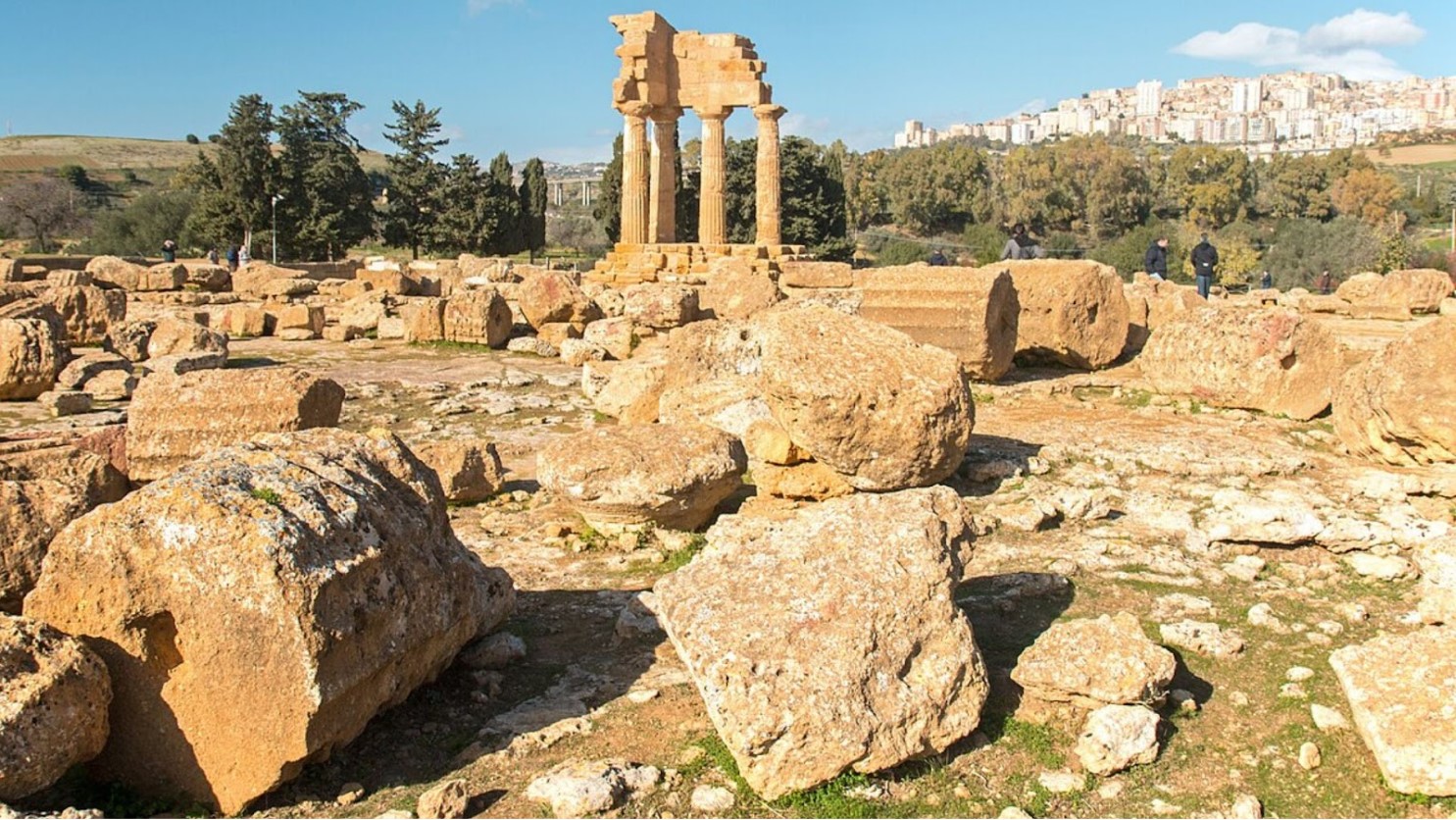
Source: Wikimedia Commons
Akragas, located on the southwest coast of Sicily, was founded in 582 B.C. Today, it is home to the famous “Vallei dei Templi” (Valley of the Temples) archaeological site.
Sicily Before the Romans: Ancient Greek Metropolis
Ancient Akragas was built on a hill overlooking the coast, making it not only famously beautiful but also well-suited for military defense. Its location on a major trade route allowed it to develop a flourishing economy.
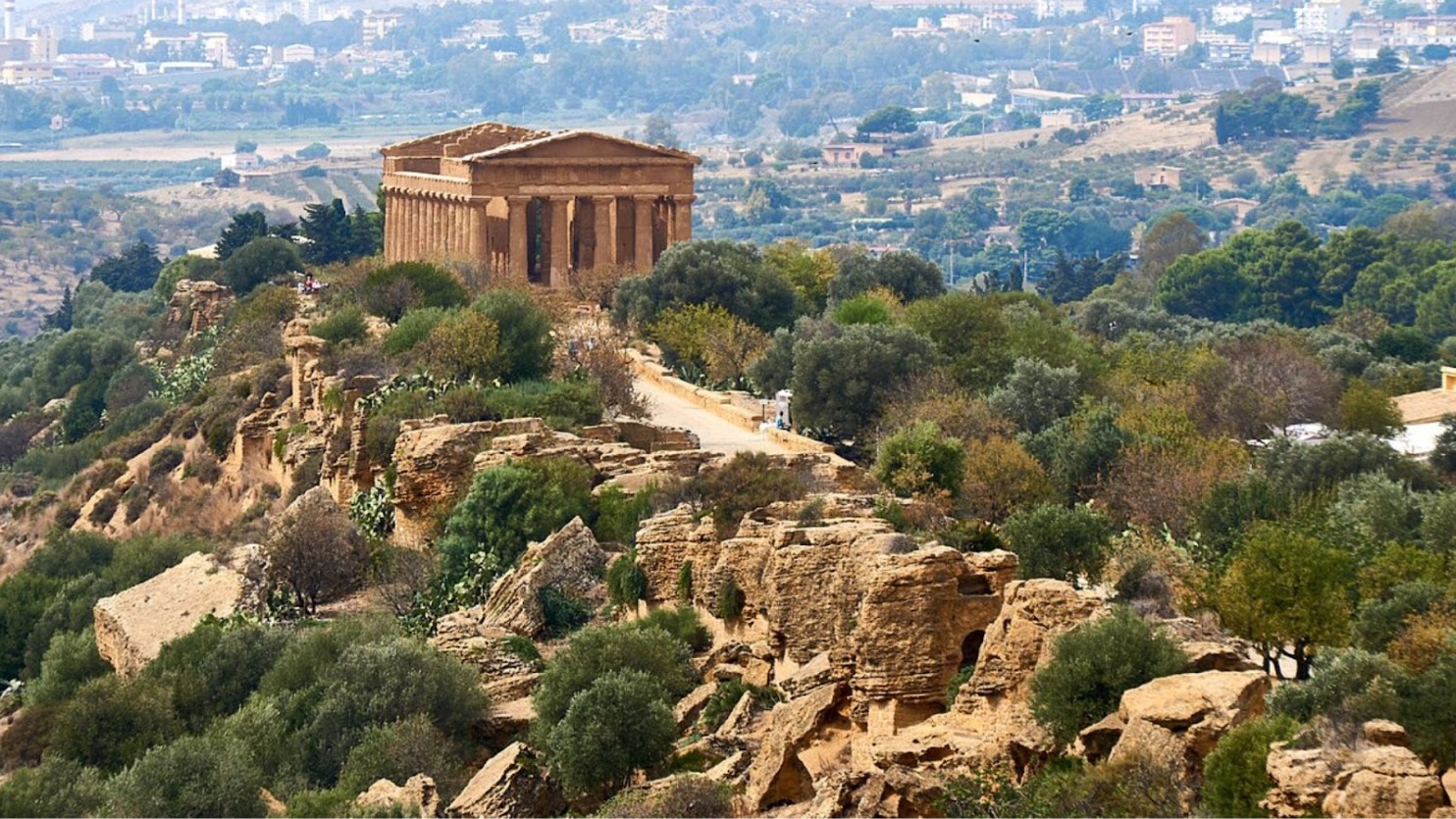
Source: Wikimedia Commons
The city became notoriously wealthy. Plato famously said its citizens “eat like this is their last day.” Akragas maintained its dominance for centuries until its decline in the 7th century A.D.
Greek Colonists and Sicilian Natives
Greek colonists founded a series of cities across Sicily starting the 8th century B.C., with Akragas being the last.
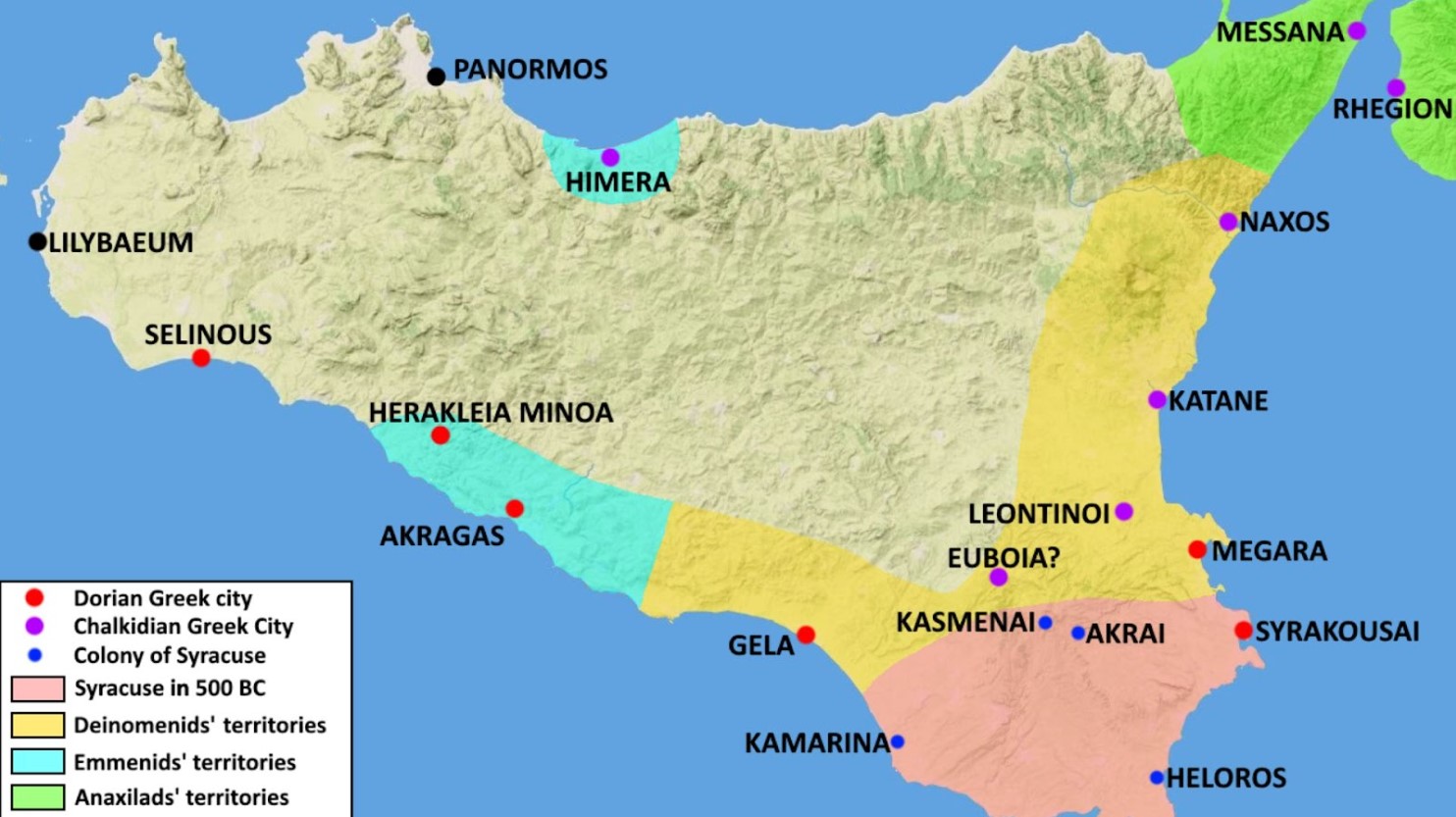
Source: Wikimedia Commons
It is believed that the indigenous population living in Sicily, the Sicani, adopted the Greek culture introduced by the colonists. Assimilation was likely accomplished through force, considering the many Sicanian slaves that were recorded as working on the colonial farms.
The Great Temple of Zeus the Olympian
The most famous archaeological aspect of ancient Akragas is undoubtedly the Temple of Zeus the Olympian, built around 480 B.C. This temple is now known for being the largest Doric Temple ever constructed.
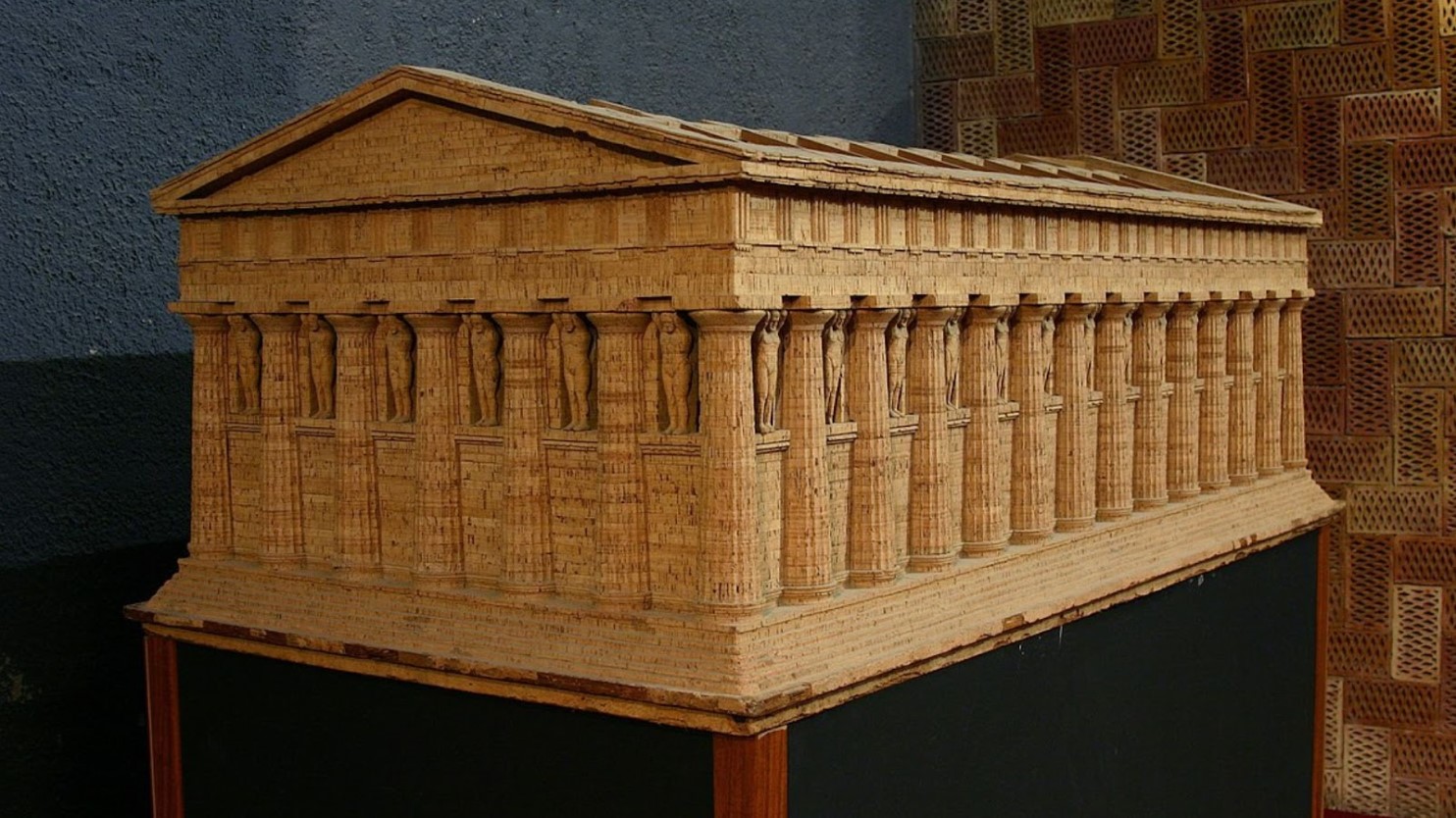
Source: Wikimedia Commons
Despite–or perhaps because of–the enormous size of the temple, it was never completed. The remains of the unfinished temple, now entirely destroyed, have led archaeologists to believe that it stood nearly 100 feet tall.
Why Zeus?
Such a large temple was devoted to Zeus because, in Greek mythology, he is the father of the gods. Zeus was the God of the sky and weather, notably responsible for hurling thunderbolts down to earth from on high.
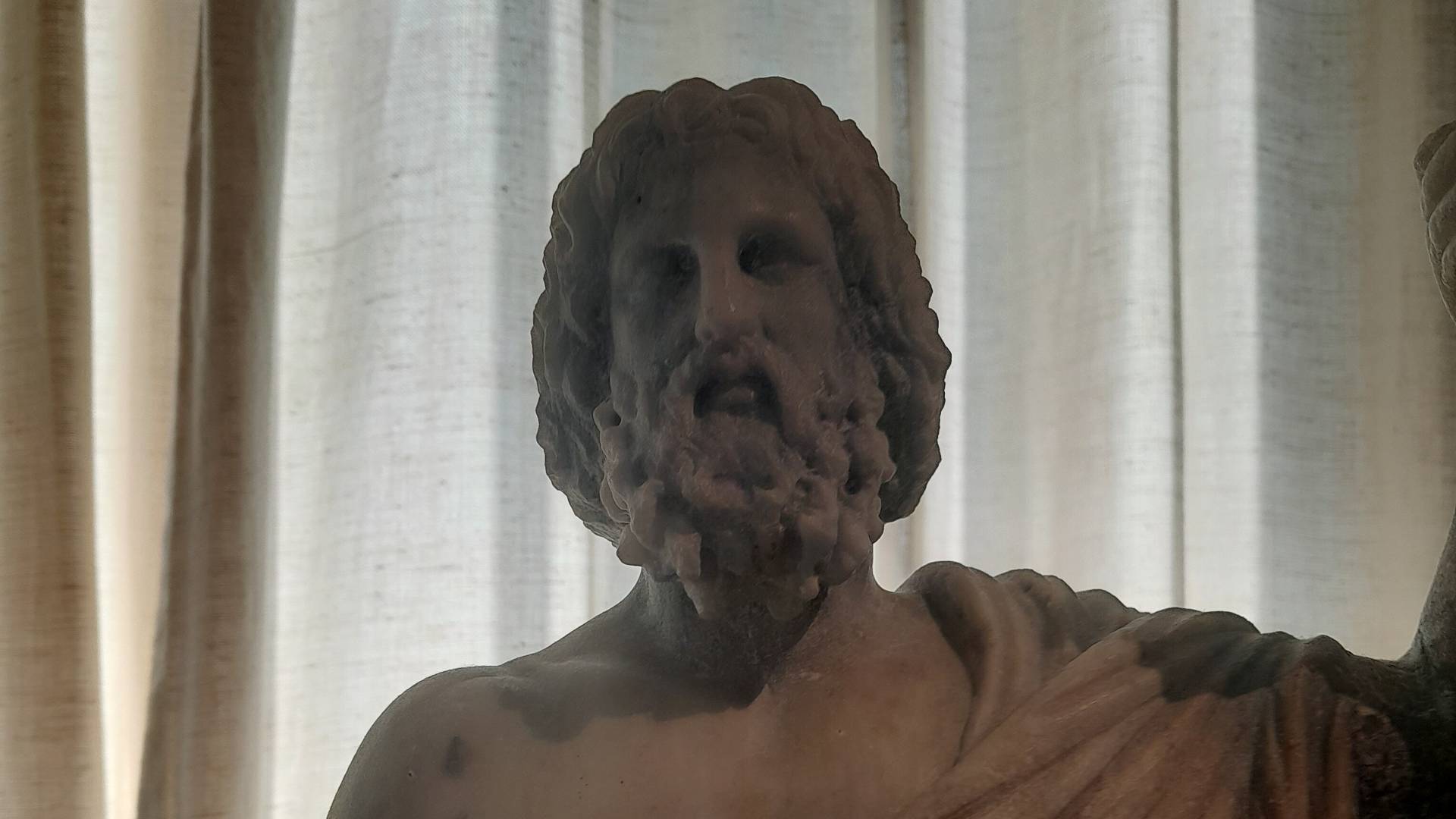
Source: Deiadameian/Wikimedia
The ancient Greeks believed Zeus was both the ruler and protector of the other Gods and the race of man.
Origins of Zeus
In Greek mythology, Zeus was thought to be the youngest child born from the union of Kronos and Rhea. Kronos was the king of a powerful group of Gods known as the Titans, who ruled over the first generation of humanity.
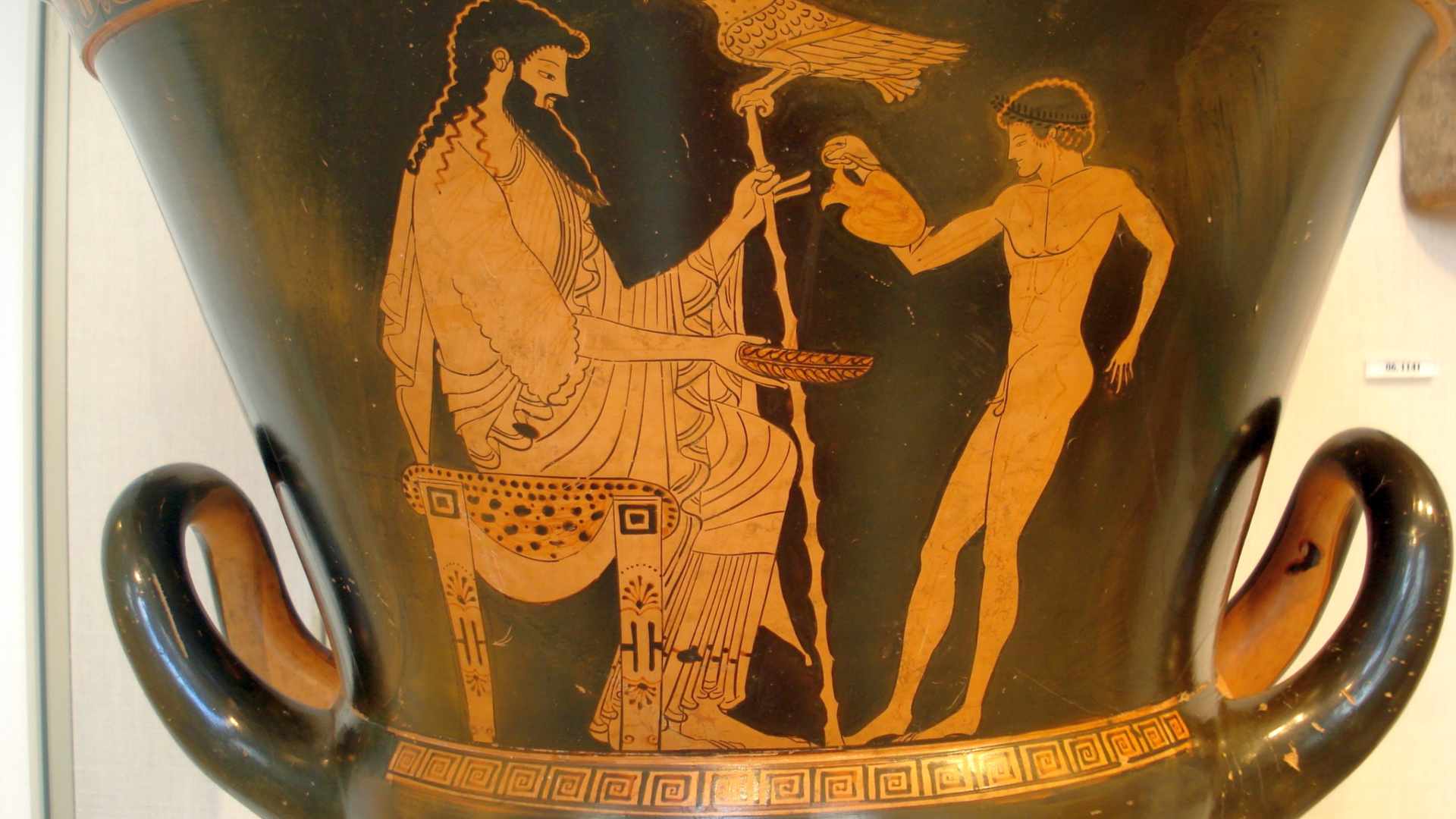
Source: David Liam Moran/Wikimedia
He had previously usurped this position of authority from his father Uranus with the help of his siblings. This betrayal earned them the nickname of the Titans.
Who Were the Titans?
The Titans were the name of the Gods that came before the ones who ruled on Mount Olympus. Originally there were 12 titans who were all descended from the Gods Uranus and Gaia.

Source: Gustave Doré/Wikimedia
Kronos lusted after the power wielded by his father, which was the reason cited in ancient myths like “Theogony” for why he betrayed him. Uranus had also imprisoned some of the children of Gaia in the underworld, earning him scorn.
Zeus Absconded
After Zeus was born, Kronos was intent to eat him, like he did with many of his children. Kronos experienced first-hand how the son of a God could overthrow his father.
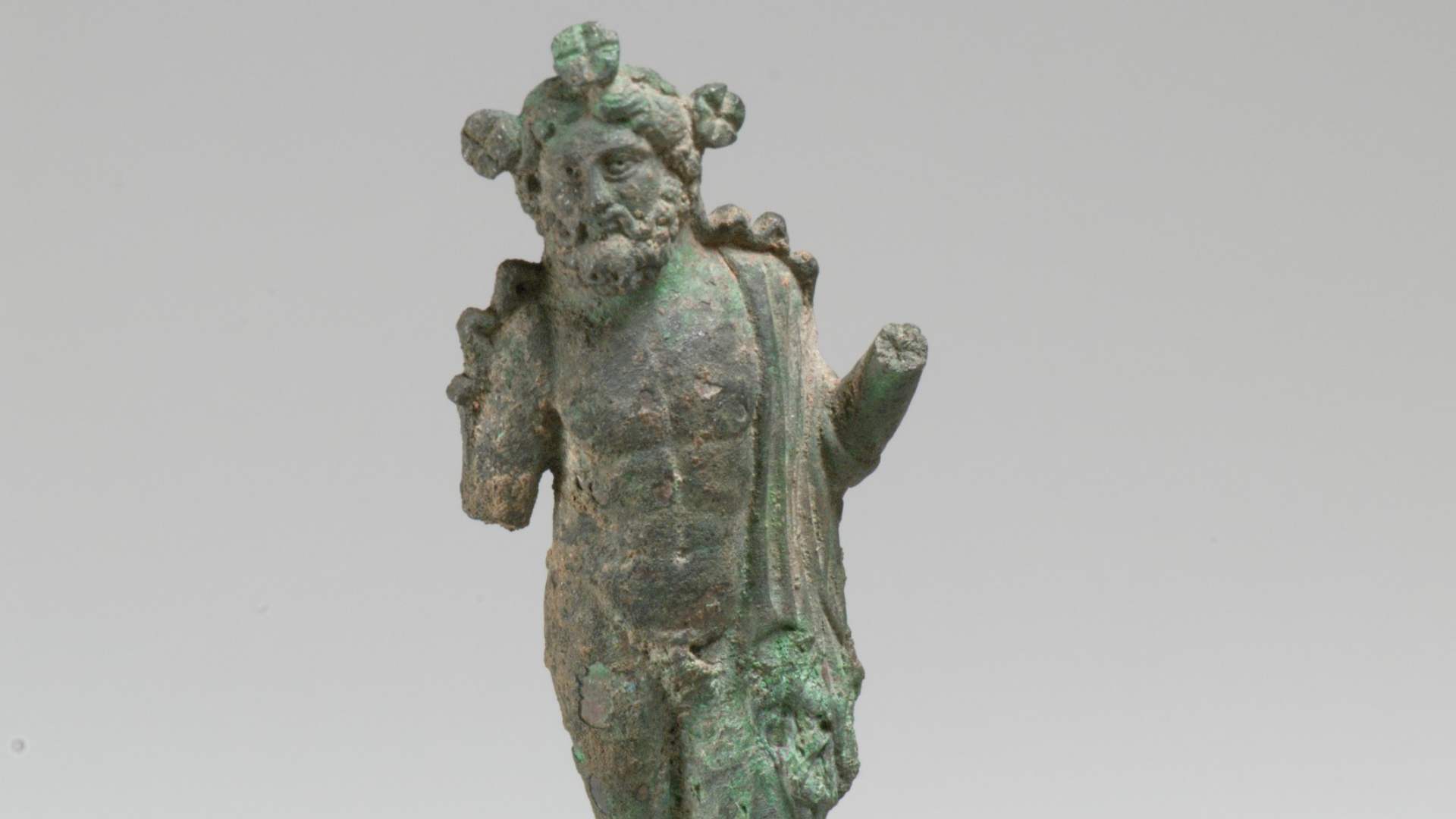
Source: Gustave Doré/Wikimedia
A Cretan myth also asserts Kronos had been told that one of his children was fated to overthrow him. Zeus’ mother Rhea, tricked Kronos into swallowing a stone instead and hid Zeus in a cave to avoid being eaten.
Growing Up
Zeus was found by the nymph Almalthaea and guarded while he was a baby. In some versions of the story, he was directly raised by Gaia.
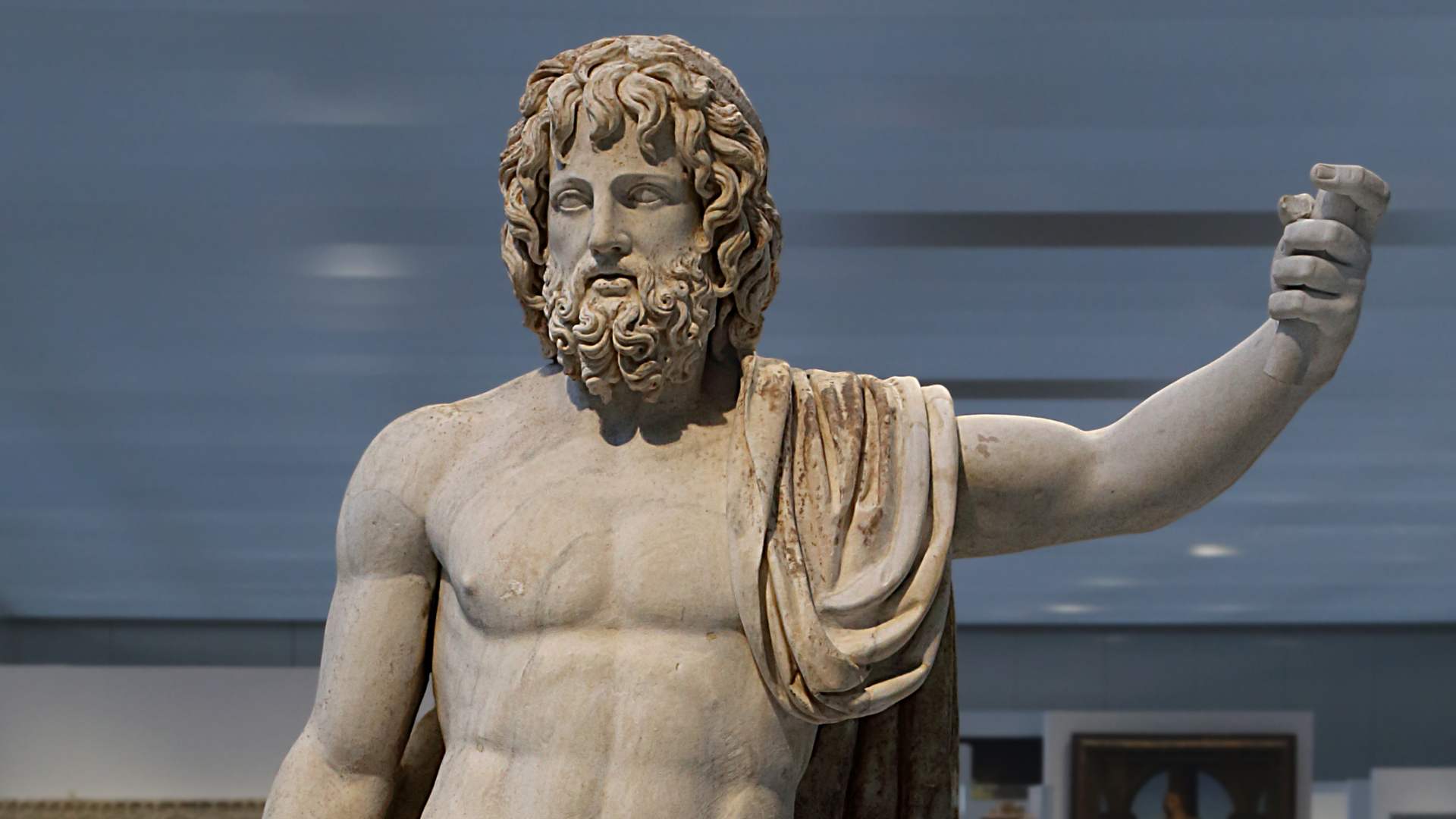
Source: Jamain/Wikimedia
Zeus would grow up under protection, hoping to one day realize his goal to wrestle control of the world from Kronos and free his siblings who remained inside the Titan.
Confronting His Father
After Zeus reached adulthood he started raising a revolt against the Titans who were the current rulers of the world.
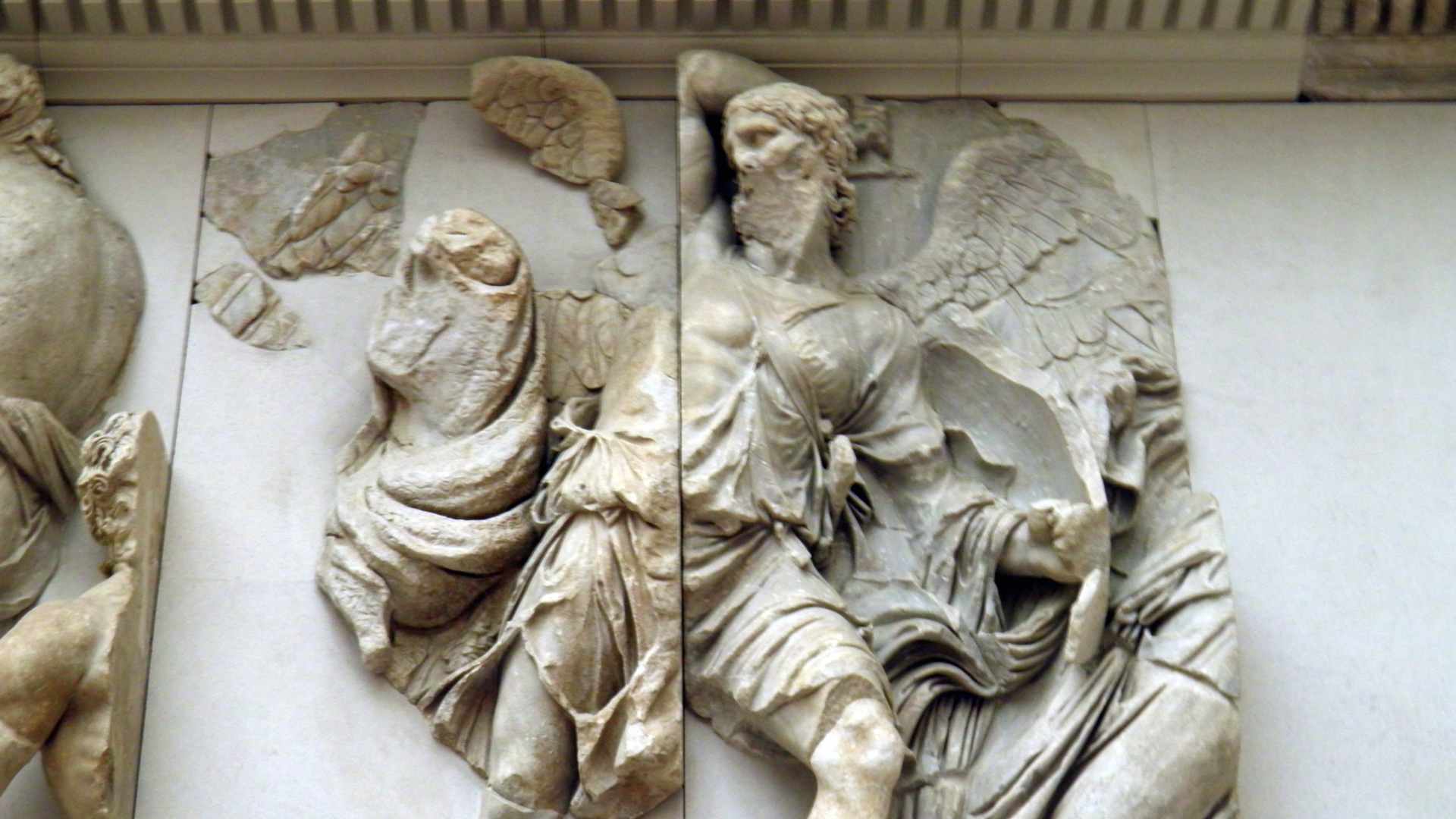
Source: Carole Raddato/Wikimedia
According to different accounts, either he or his grandmother Gaia managed to trick Kronos into releasing all the children he had previously swallowed, including Hades and Poseidon, who joined up with Zeus in his goal to overthrow the Titans.
Titanomachy
What followed was a 10-year war referred to as the Titanomachy, in which Zeus and his siblings endlessly battled the Titans. It was a hard-fought battle, with neither side having a clear advantage.
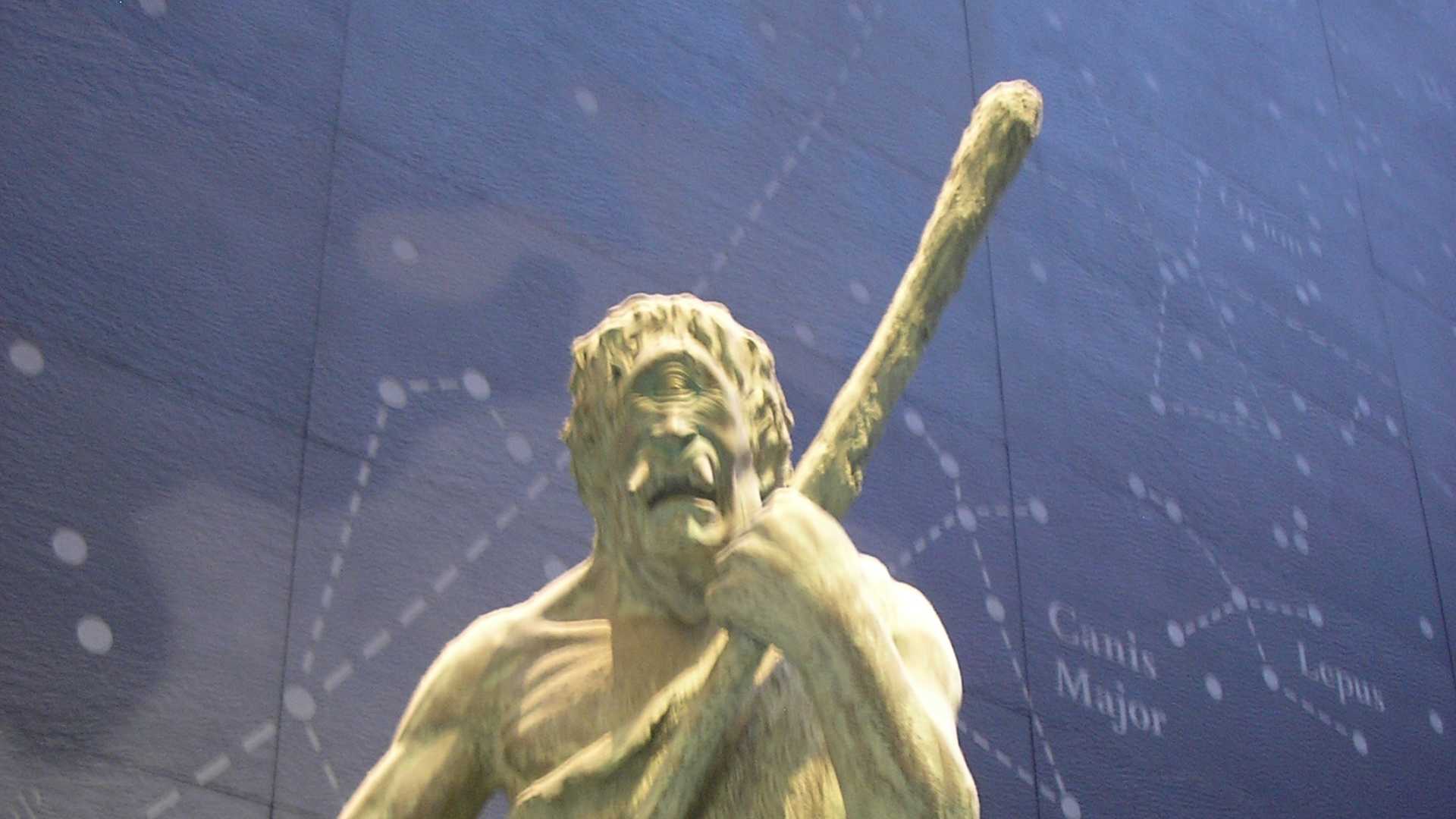
Source: Deror Avi/Wikimedia
When Zeus freed the six giants that Kronos had held in the underworld, this proved instrumental to Zeus’ eventual victory. The Cyclopes helped produce Zeus’ iconic thunderbolts. Eventually, Zeus and his siblings managed to imprison the Titans in the underworld known as Tartas.
New Order
Zeus assumed the leadership of the Gods and established their dominion over the world from the top of Mount Olympus.
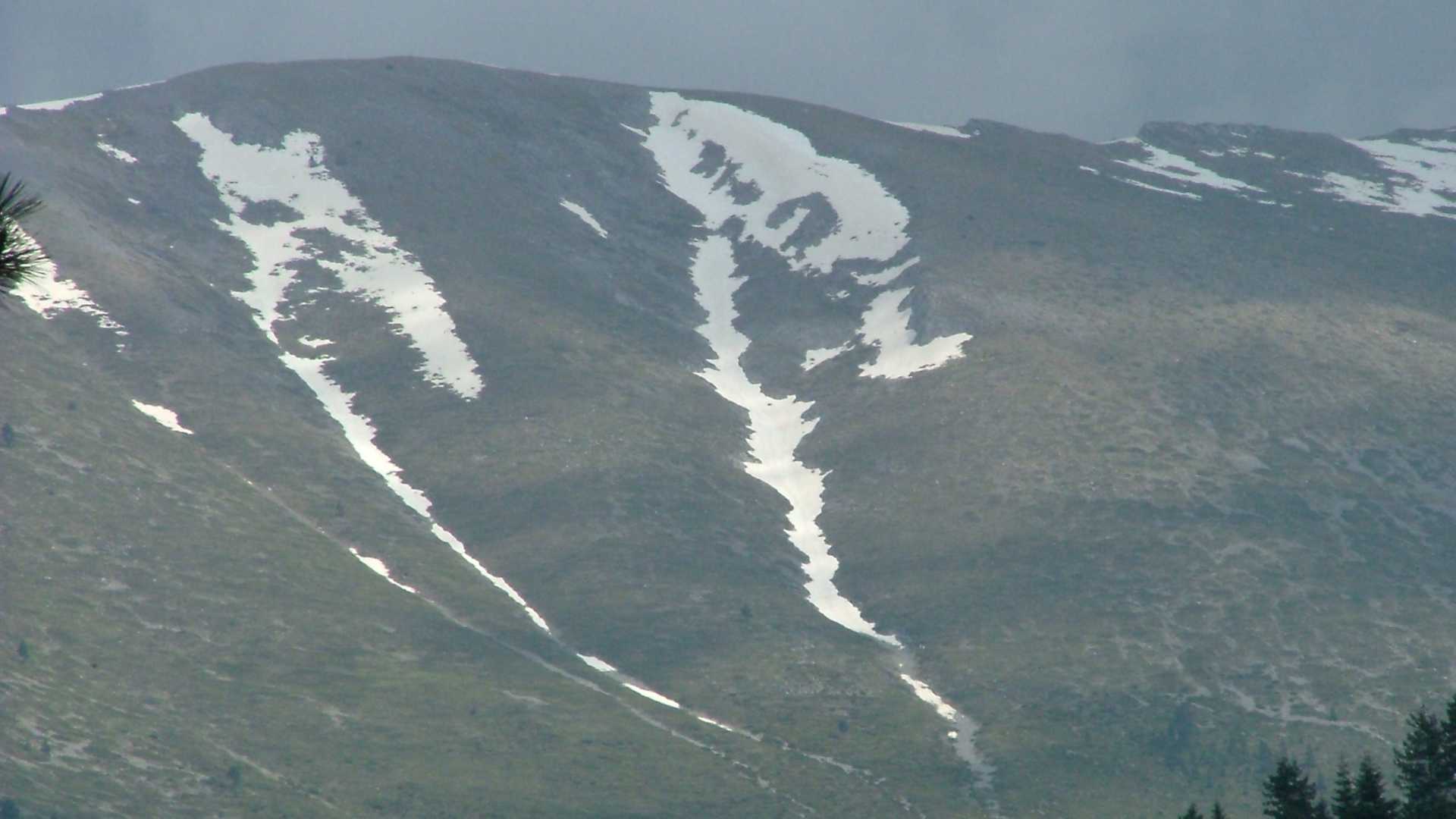
Source: Alina Zienowicz/Wikimedia
He assigned his siblings and various Gods different domains to rule over. His brother Poseidon was chosen to rule over the sea. Hades was made the ruler of the Underworld where the Titans were imprisoned. Previous to the end of the war, Zeus had married his sister Hera.
Quickly Challenged
The new Olympian Gods did not have time to rest on their laurels, as they were soon under attack by the Giants. A new war called the Gigantomachy was started, where Gaia encouraged the Giants to attack Zeus and the Olympians.

Source:
Gaia was enraged at the fact that her children, the Titans, were cast into the underworld by the Olympians. In her mind, Zeus had done exactly the same wrong that his father, Kronos had done.
Aid from Man
The Olympians struggled in the fight against the giants and Gaia, however, Zeus received aid from the mortal hero Hercules who had both the blood of God and man. .

Source: Simone Pellegrinni/Unplash
Zeus was able to trick his grandmother Gaia into not being able to give a magical herb to the giants, allowing the Olympians to once again claim victory over the world
Zeus as a Ruler
After dealing with the immediate challenges to his power, Zeus also crushed several different uprisings by other Gods to solidify his position as the King of the Gods.

Source: Jamain/Wikimedia
While Zeus ruled from the high heights of heaven on Mount Olympus, he did not sit back and just watch. Zeus would actively observe everything going on below and reward good behavior he saw and punish evil deeds.
Recounting the Tales
The Temple of Zeus had carved into its construction sculpted narratives known as pediments. These pediments told the story of Zeus and the struggles of the Gods and man in Greek mythology.
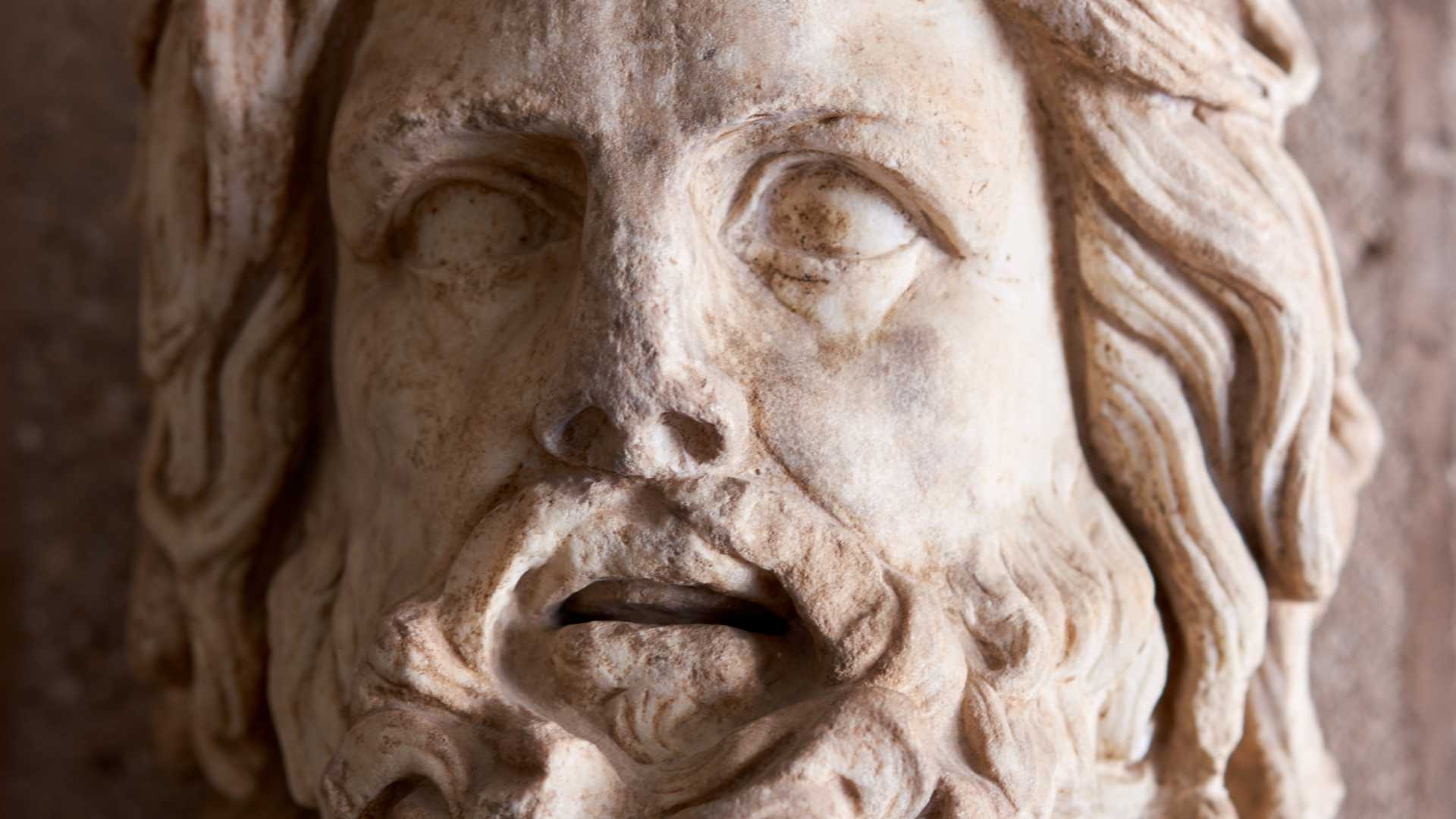
Source: Wikimedia
It recounts the tales of Gods and mortal heroes alike. Famous events are depicted like the wedding of the king of the Lapiths. Unfortunately, many of these sculptures have not withstood the test of time
The Temple Telamons
Aside from its legendary size, the Temple of Zeus at Akragas is known for the huge statues found at the site which most likely stood between columns.

Source: Wikimedia Commons
Standing over 26 feet tall, these statues are believed to represent the mythical figure Telamon, also known as Atlas. In Greek mythology, Atlas sides with the Titans in the war against the Gods. As punishment, Zeus orders Atlas to hold the sky on his shoulders for all eternity.
Business or Pleasure?
The purpose of the Telamons (also called Atlantes) at the Temple of Zeus has sparked hot archaeological debate. It is not clear whether they were simply decorative statues or if, rather fittingly, they were built to support the temple’s upper portion along with the columns they stood between.
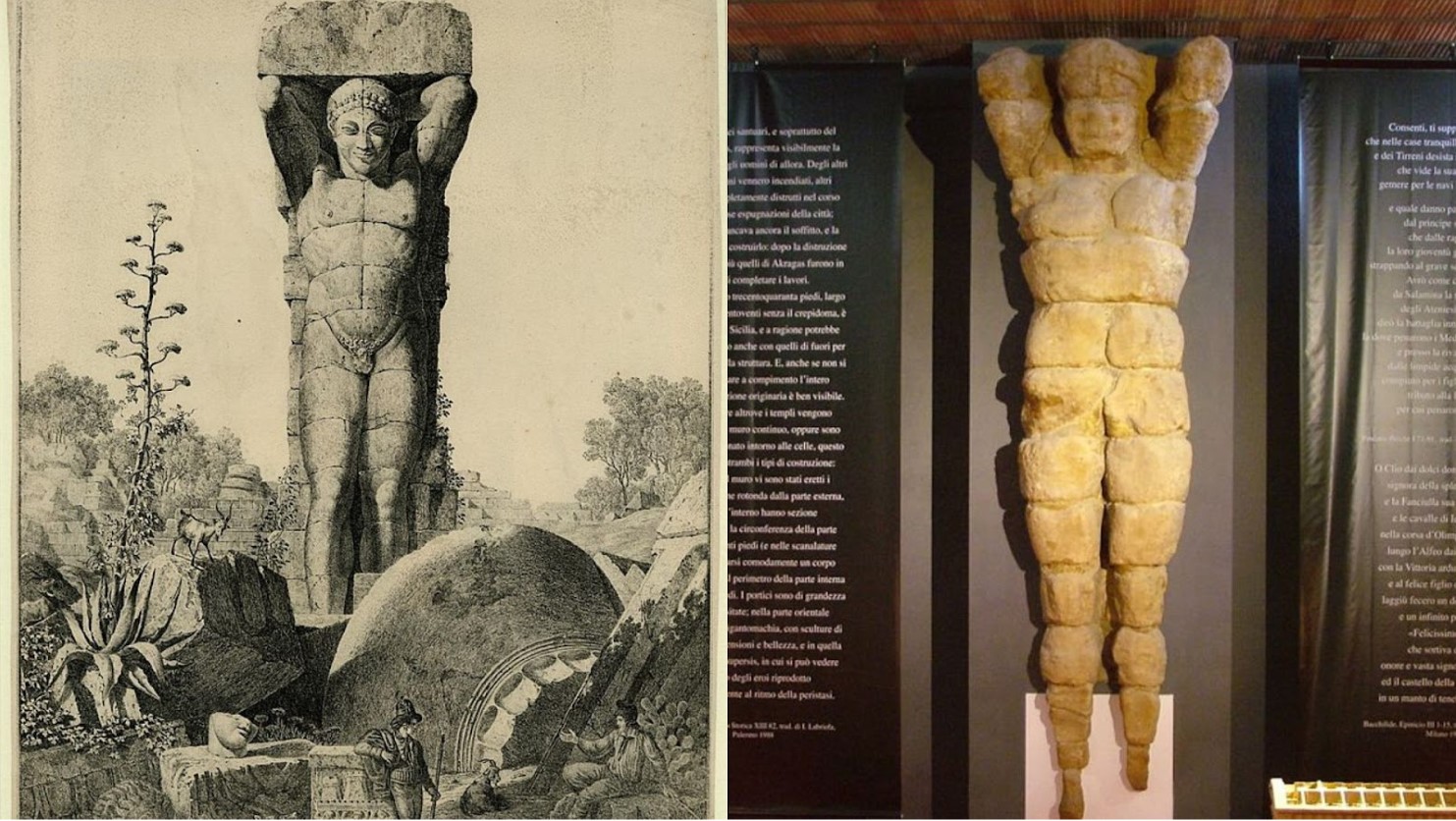
Source: Wikimedia Commons
Only one Telamon has been fully reconstructed, which is on display at the Archaeological Museum of Agrigento.
Diving for Archaeology in Sicily
The existence of this artifact was not entirely a surprise. Archaeologists had known of the presence of some object on the sea floor for years. The mystery object was not immediately explored because it was assumed to be something relatively uninteresting and modern in nature.
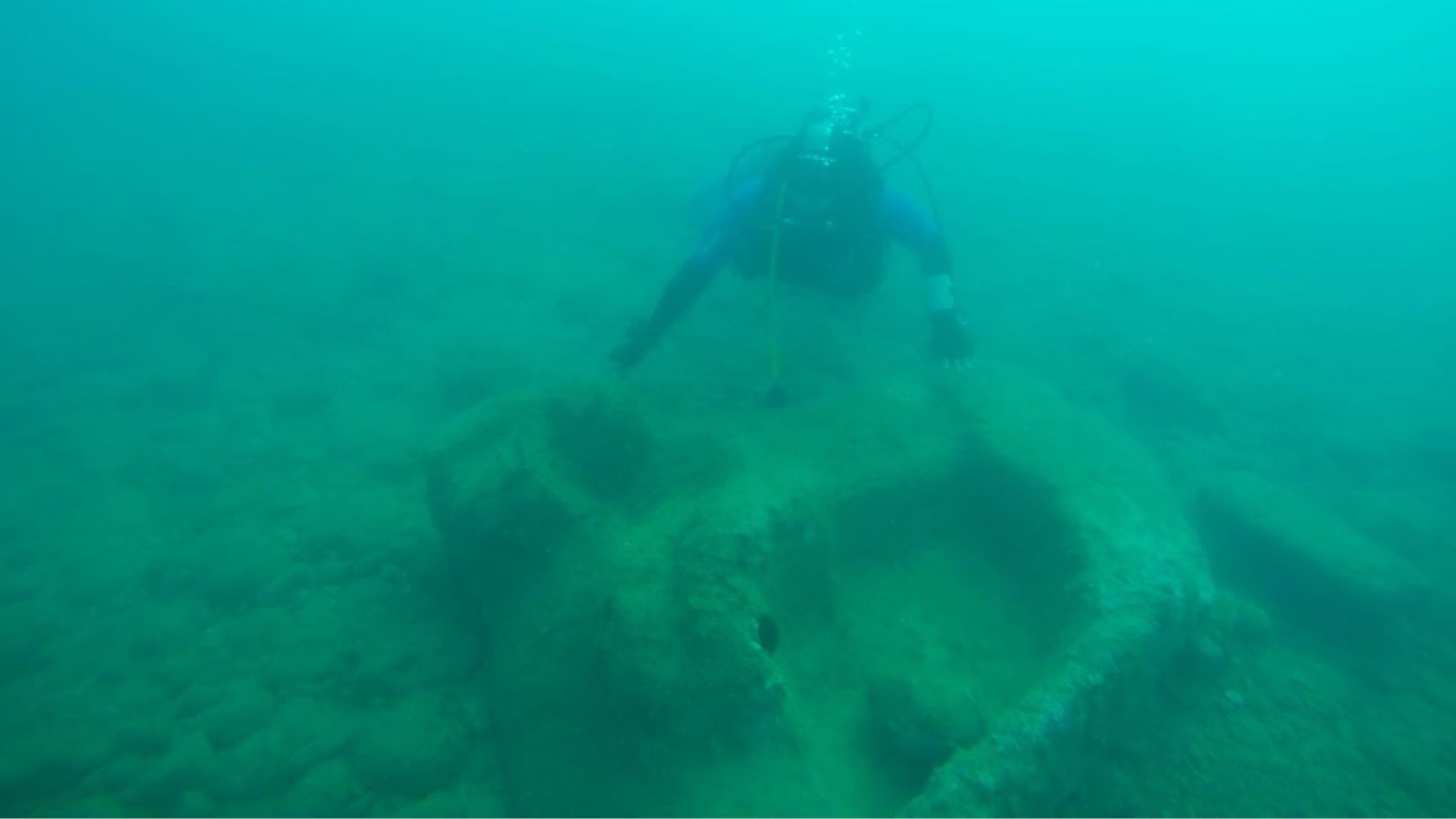
Source: Facebook, BCsicilia
The reason for this assumption was poor image quality, yielding something like a large slab or tub.
The Discovery: Prancing Horse Frieze
The successful identification and retrieval of the sculpture is all due to the volunteer efforts of BCsicilia, a nonprofit organization dedicated to preserving Sicily’s rich history.
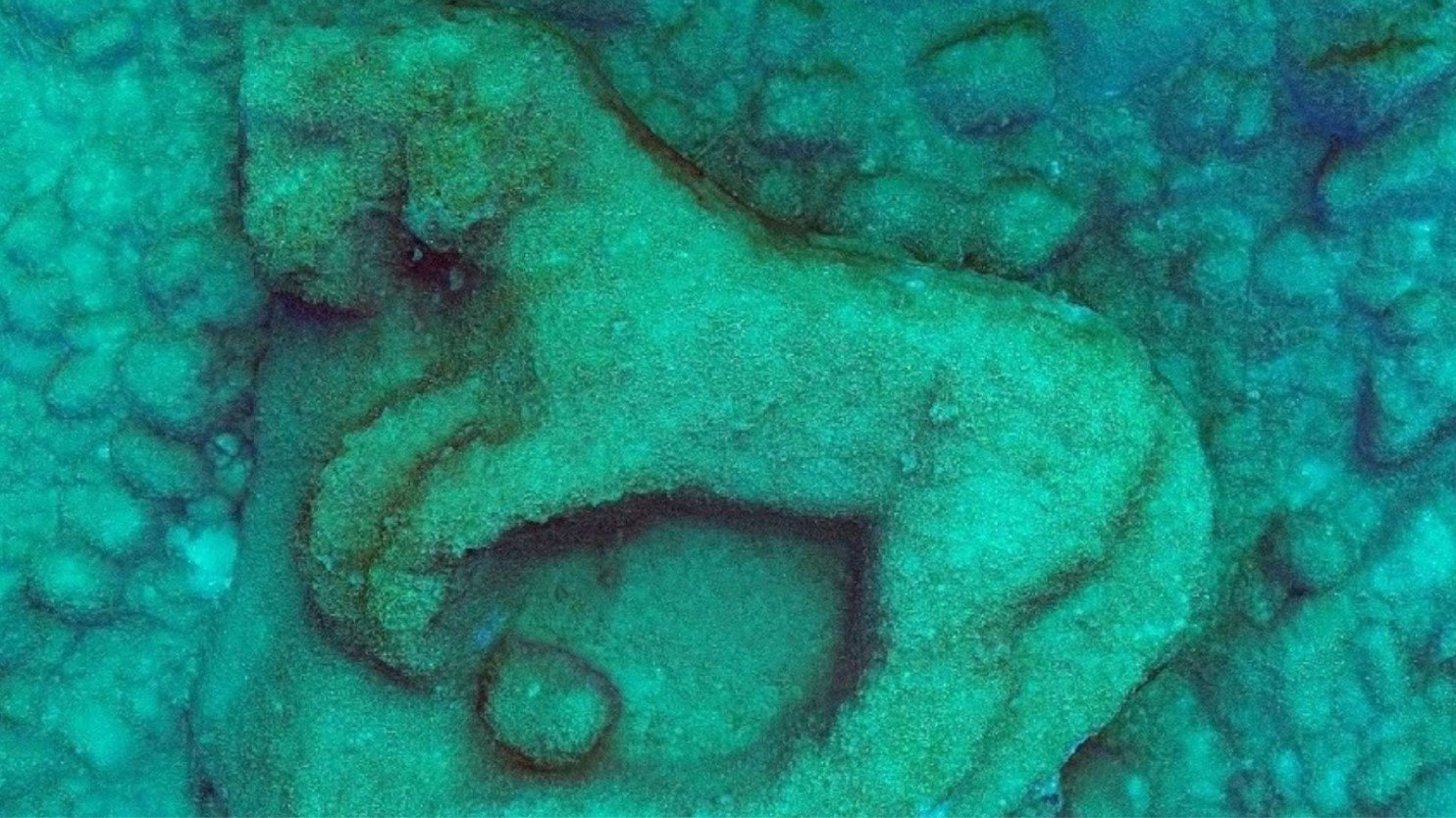
Source: Facebook, BCsicilia
To make an accurate assessment, BCsicilia assembled a 3D model using over 200 images taken of the object. Once this model revealed the clear depiction of a horse, divers from the Carabinieri, an arm of Italian law enforcement, were sent in to retrieve the statue.
A Horse for Zeus?
Considering the location of the statue on the ocean floor only 1,000 feet from the coast, it is likely that the marble horse was in some way associated with the Temple of Zeus in the Valley of the Temples.
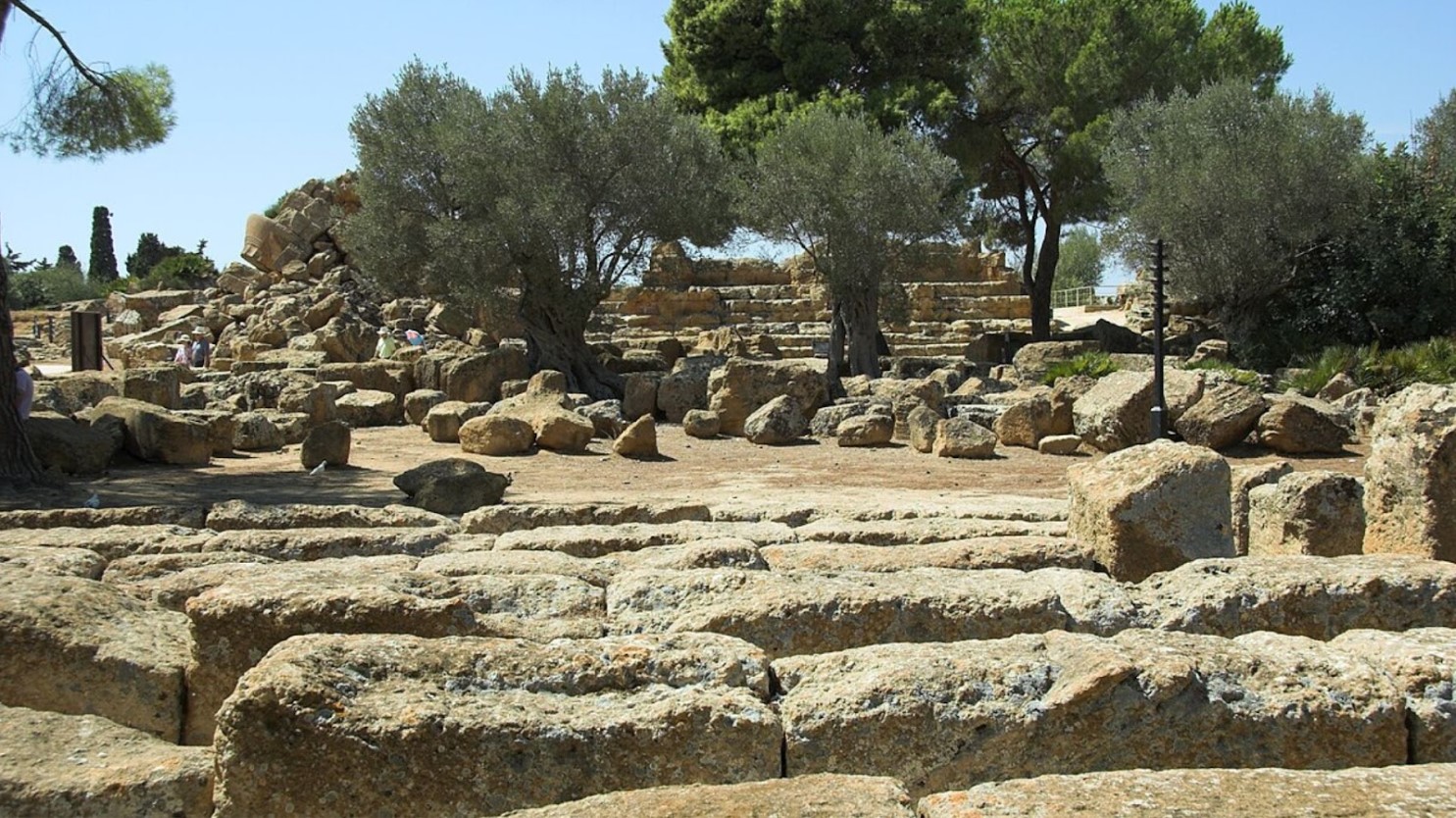
Source: Wikimedia Commons
Researchers theorize that the statue may have been the type built into temple walls and doorways, known as a tympanum.
Lost at Sea
It’s unclear why or how the marble horse ended up underwater, if it was, in fact, meant for the Temple of Zeus.
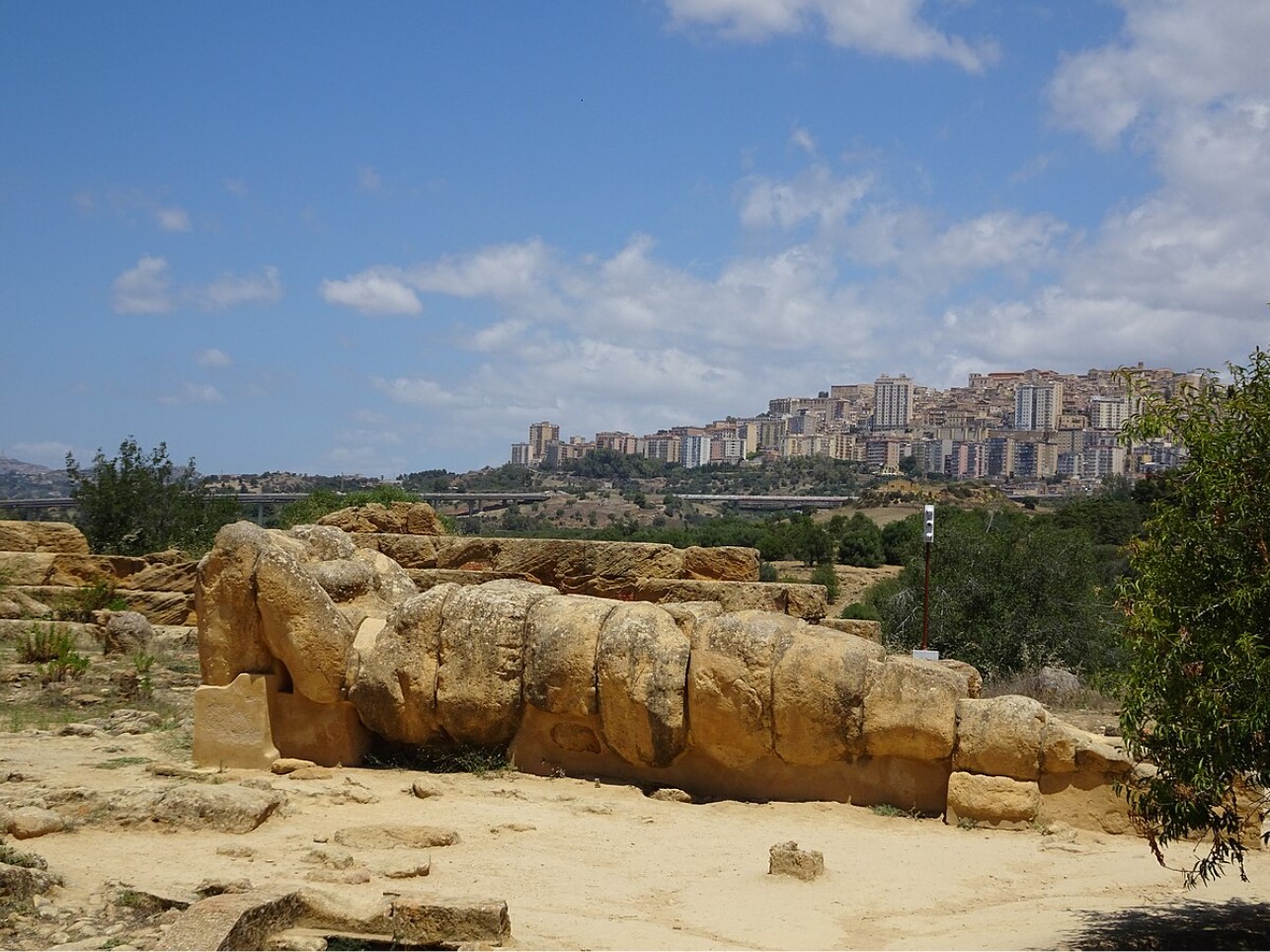
Source: Wikimedia Commons
Alfonso Lo Cascio, the regional president of BCsicilia, has stated that a shipwreck is the likely explanation. If this was the case, further investigation will hopefully uncover whether the ship was en route to the temple or if it was departing the island with the stolen statue.
Archaeological Excitement
The discovery of this artifact’s true nature and its recent excavation from the sea floor marks an enormous success for 3D modelling in the pursuit of archaeology.

Source: Facebook, BCsicilia
Upcoming investigation into the statue will determine its origins, purpose, and estimated time period. Until then, archaeological excitement will continue to stir around the insight this discovery could provide into the larger-than-life Temple of Zeus at ancient Akragas.
